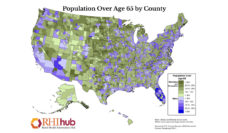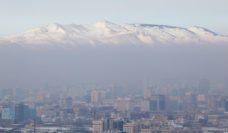During the Covid-19 pandemic, many Americans are working, going to school, and socializing online. At the same time, social distancing measures have underlined that not all Americans have a steady internet connection to continue conducting business as usual. The digital divide affects many low-income communities, in particular those in rural areas or on tribal lands.
In many rural and Native communities, fiber optic cables have not been laid to connect homes and small businesses to high-speed internet. About 31% of Americans in rural areas and 35% of citizens living on tribal lands do not have the infrastructure for a broadband connection. Though they face other barriers like affordability, only about 2% of Americans living in urban areas lack broadband infrastructure.
The access gap persists for smartphone internet access. Over 90% of urban Americans have access to the recommended speed for phone internet access compared to 70% of all rural people and 64% of citizens living on tribal lands.
The map above demonstrates the digital divide around Memphis, Tennessee. In the wealthier and whiter eastern part of the city, 85-100% of households have high-speed internet. The western part of Memphis is predominantly black and low-income, and under half of the households have high-speed internet. The suburbs have moderate rates of internet subscription, with decreasing rates further from the city center and lower than 65% for residents in rural areas.
Telemedicine is often lauded as a solution for delivering care to medically-underserved areas, but most vulnerable rural groups do not have internet access. Broadband’s connection to public health extends far beyond telemedicine efforts. With access to the internet, people can search for health information, check electronic health records, fill prescriptions, connect to disease-specific support groups, and more. Broadband access plays a critical role in narrowing health disparities for Native and rural Americans.
Databyte via Michael J. R. Martin, “For the First Time, Census Bureau Data Show Impact of Geography, Income on Broadband Internet Access.” United States Census Bureau. 6 December 2018.














